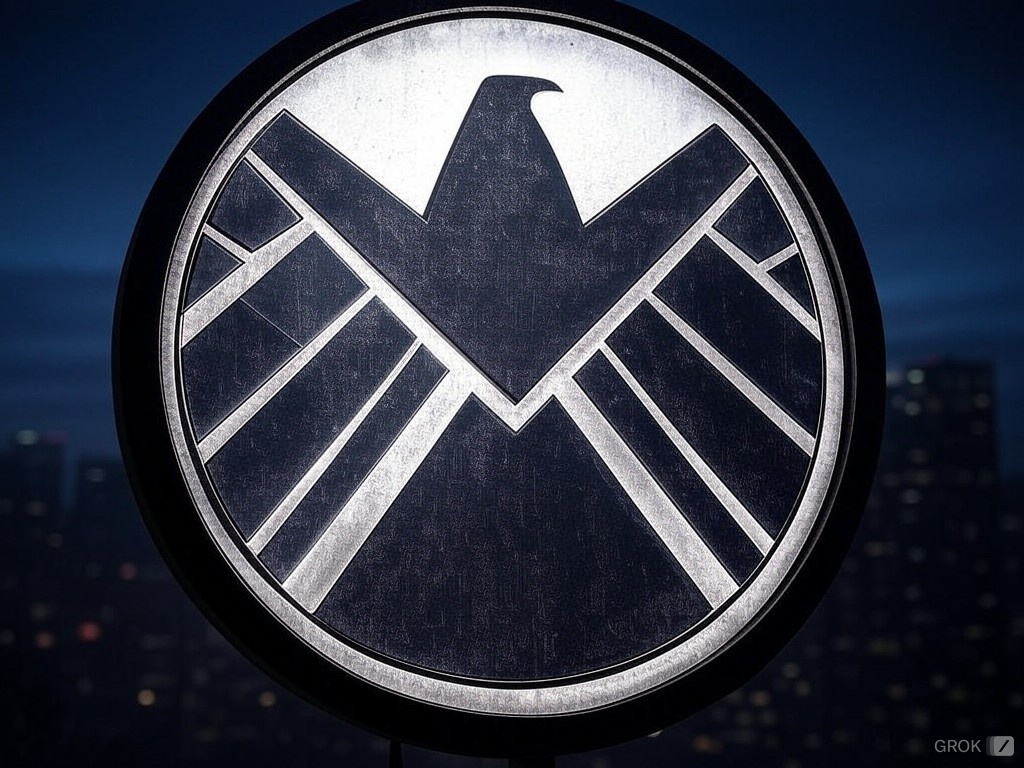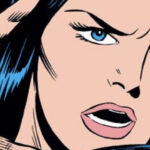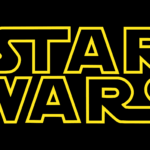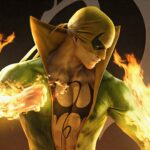
Origins (1960s) First Appearance: S.H.I.E.L.D. first appeared in “Strange Tales” #135 (August 1965), created by Stan Lee and Jack Kirby. Formation: Originally, S.H.I.E.L.D. was introduced as a high-tech espionage organization focused on fighting threats like Hydra. Initially, it was known as the Supreme Headquarters, International Espionage, Law-Enforcement Division. Early Years Nick Fury: Colonel Nick Fury took over as director, transforming S.H.I.E.L.D. into a more proactive agency. His leadership was crucial in defining S.H.I.E.L.D.’s operations and public perception. The 1960s and 1970s: During this period, S.H.I.E.L.D. was heavily involved in Cold War-themed stories, dealing with espionage, super-villains, and cosmic threats. This era included significant interactions with characters like Iron Man and Captain America. Expansions and Reforms 1980s: The organization faced internal corruption and external threats, leading to various shake-ups. This included the “Deltite Affair,” where a Life Model Decoy (LMD) of Fury attempted a coup. 1990s: S.H.I.E.L.D. evolved with the times, dealing with more complex threats like international terrorism and superhuman affairs, leading to the formation of different specialized units. Modern Era Post-9/11: With the rebranding to “Strategic Homeland Intervention, Enforcement and Logistics Division,” S.H.I.E.L.D. took on a more domestic security role, although its global operations continued. Secret War: A notable event was the “Secret War” where Fury manipulated heroes into a covert operation, leading to distrust and his eventual replacement by Maria Hill. Civil War and Beyond Civil War: S.H.I.E.L.D. was central to the Superhero Registration Act’s enforcement, with Maria Hill as director. The organization was seen both as a stabilizing force and an overreaching authority. Secret Invasion: The Skrull invasion led to S.H.I.E.L.D.’s dissolution after it was revealed that many agents, including some high-ranking officials, were Skrull impostors. Reformation and New Direction H.A.M.M.E.R.: Norman Osborn briefly took over with his version of the agency, H.A.M.M.E.R., after dismantling S.H.I.E.L.D. His reign was marked by controversy and eventually led to his downfall. Re-establishment: S.H.I.E.L.D. was re-formed under Fury’s guidance or with new leadership like Daisy Johnson (Quake), focusing on rebuilding trust and countering new threats like Hydra’s resurgence. Recent Developments All-New, All-Different Marvel: S.H.I.E.L.D. has continued to adapt, facing both traditional villains and new challenges in the ever-evolving Marvel Universe. Hydra Takeover: There have been moments where Hydra infiltrated or even temporarily took over S.H.I.E.L.D., showcasing the ongoing battle between these two forces. In Other Media Marvel Cinematic Universe (MCU): The portrayal of S.H.I.E.L.D. in films and TV shows like “The Avengers” and “Agents of S.H.I.E.L.D.” introduced many of these concepts to a broader audience, with significant plot points like the Hydra infiltration and the fall of S.H.I.E.L.D. becoming central to the MCU’s narrative. S.H.I.E.L.D.’s history in comics is a tapestry of espionage, heroism, betrayal, and recovery, mirroring real-world intelligence agencies but with a distinctly Marvel twist through its integration with the superhuman community. Its story is one of constant evolution, reflecting changes in both the comic book industry and societal views on security, privacy, and ethics. Origin and Purpose: S.H.I.E.L.D. was created by Stan Lee and Jack Kirby, first appearing in “Strange Tales” #135 (August 1965). Its primary role is to protect national and global security from various threats, especially those involving superhuman or paranormal activities. Leadership: The most notable director of S.H.I.E.L.D. is Nick Fury, who leads the organization with a combination of military strategy, espionage tactics, and sometimes sheer force. Over the years, other characters like Maria Hill and Phil Coulson have also served in leadership roles within different iterations of the organization. Activities: S.H.I.E.L.D. engages in intelligence gathering, counter-terrorism, and often collaborates with or supervises superhero teams like the Avengers. They are known for their advanced technology, including the iconic Helicarrier, a massive flying aircraft carrier. Enemies: S.H.I.E.L.D. frequently battles against organizations like Hydra, A.I.M. (Advanced Idea Mechanics), and various other criminal or terrorist groups within the Marvel Universe. Adaptations: S.H.I.E.L.D. has been portrayed in various media, including films in the Marvel Cinematic Universe, where it plays a central role, and in TV series like “Agents of S.H.I.E.L.D.” The organization’s depiction often varies slightly across different media but retains its core function as Earth’s protector against extraordinary threats. History in Comics: S.H.I.E.L.D. has had numerous comic series and miniseries dedicated to its operations, often exploring espionage, secret wars, and the internal politics of the agency. The organization has undergone several reimaginings and retcons, reflecting changes in the broader Marvel Universe’s continuity. What do you think? “We Are Comics”






